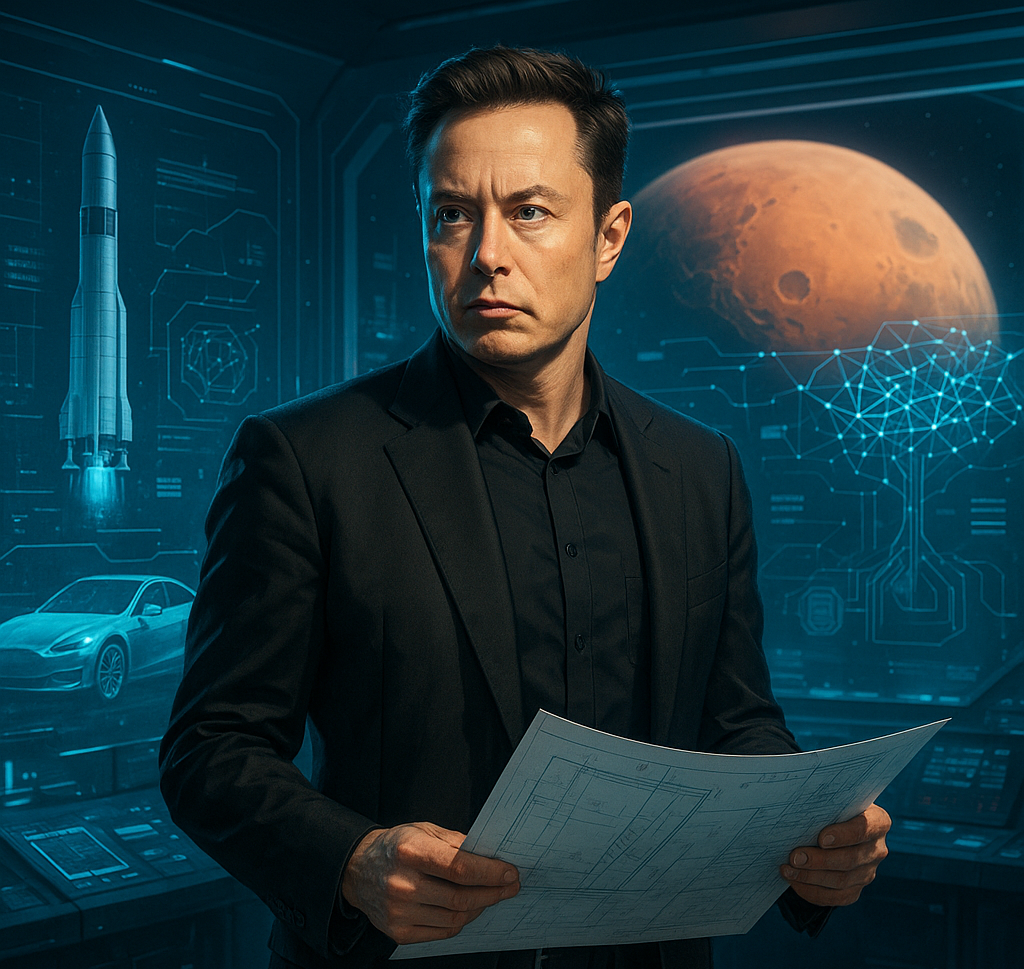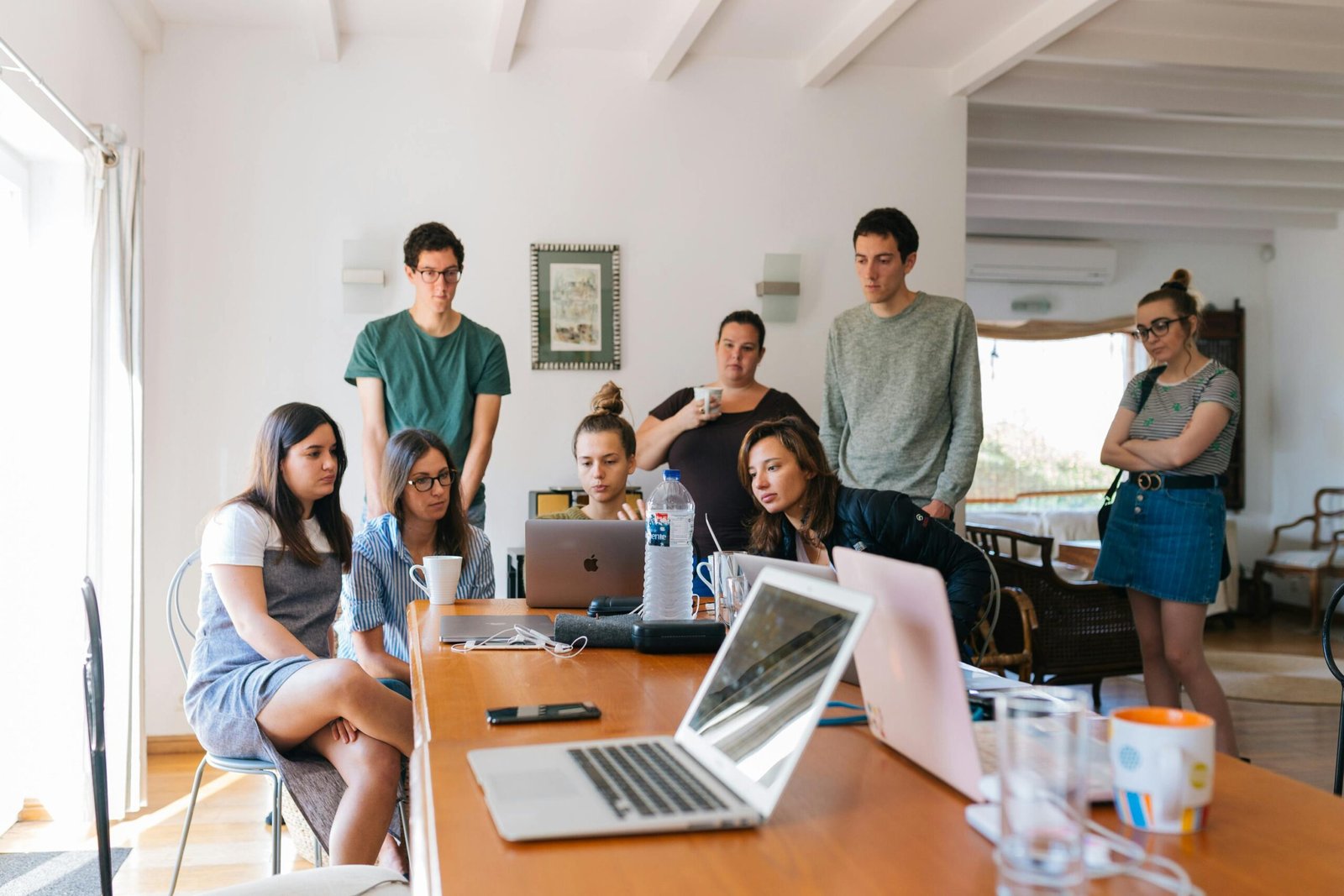August 24th, 2008.
Elon Musk stood at the edge of personal and professional ruin.
That day, SpaceX’s third rocket launch failed. His last $20 million was already burning through Tesla and SpaceX. Divorce. Doubts. Debt. But instead of spiraling, Musk did something that seems almost superhuman: he learned everything he didn’t know—fast.
Rocket science, automotive manufacturing, materials engineering, orbital dynamics. And he did it from scratch.
This isn’t just raw intelligence. Musk has a system. A pattern. And if you break it down, it’s something you and I can use to accelerate our learning too.
1. Create an Extreme Sense of Urgency
When Elon joined Tesla, it wasn’t even called Tesla Motors yet. Martin Eberhard and Marc Tarpenning were looking for investors, but Elon didn’t just invest. He pushed. Hard.
Within weeks, he was demanding progress on electric car battery tech that usually took years of R&D. The engineers were stunned at the intensity. Timelines shrank from years to months. Why?
Because Elon believed: “If something is important enough, you do it even if the odds are not in your favor.”
Back to that brutal day—August 24th, 2008. Elon had just one more rocket launch worth of funds. One last shot to prove the Falcon 1 could reach orbit.
He told his team: “We either succeed next time or we’re dead.”
That level of pressure forced everyone, including Elon, to dive deep. He wasn’t just the CEO. He was neck-deep in technical drawings, learning structural mechanics and propellant behavior like a senior engineer.
In an interview with Kevin Rose, Elon said, “You want to be extra rigorous about making the best possible thing you can. Find everything that’s wrong with it and fix it. Seek negative feedback, especially from friends.”
That hunger for improvement, under the pressure of urgency, accelerated his learning process.
Urgency hacks your brain’s focus systems. When stakes are high and time is short, your brain releases norepinephrine and dopamine—neurotransmitters linked to intense focus and memory retention. Musk knows how to switch this on.
2. Learn from the Experts
When Elon decided to start SpaceX, he didn’t go back to school. He cold-emailed aerospace legends, met former NASA engineers, and hired them.
Jim Cantrell, a space industry expert, said Musk would sit for hours asking deep, technical questions, taking notes, and connecting the dots in real time.
“He had zero experience. But he absorbed information like a sponge,” Cantrell recalled.
When Tesla was going through production hell, Elon didn’t isolate himself. He met with Toyota’s engineers and leaned on the wisdom of Valley veterans.
He studied how Toyota implemented lean manufacturing and even tried to learn from their mistakes. One Toyota engineer said, “He’d ask the right questions—questions that show he already read the manual, studied the schematic, and now wanted to see the unwritten rules.”
Elon once said in an interview: “It’s important to view knowledge as a sort of semantic tree — make sure you understand the fundamental principles, the trunk and big branches, before you get into the leaves/details.”
Learning from experts gives him those trunk-level insights fast.
This is second-hand learning at its finest. Instead of trial-and-error, Elon leapfrogs by extracting condensed wisdom directly from top-tier minds. It’s efficient, accelerated mentorship.
3. Test Early, Fail Fast
Elon didn’t wait five years for the perfect rocket. The Falcon 1 launched just four years after SpaceX was founded—and exploded seconds after takeoff.
But that failure wasn’t wasted. Elon poured over data, talked to engineers, and adjusted course. Every failure was a data point, a learning loop.
Instead of following traditional car production timelines, Musk jumped into automated mass production early—with painful consequences.
Robots tangled wires. Assembly lines jammed. But those early failures gave Musk real-world lessons faster than simulations or spreadsheets ever could.
Elon admitted, “My mistake was placing too much emphasis on automation. We should have started with manual assembly and gradually added automation.”
He failed, but fast. And he adjusted—fast.
Immediate feedback is a learning accelerator. Testing early exposes you to edge cases, exceptions, and gaps in your understanding. Musk deliberately puts himself in situations where feedback hits instantly.
4. Read Like a Rocket Fuel Addict
As a kid, Elon read two books a day, by his own admission. Everything from The Lord of the Rings to The Encyclopedia Britannica. His brother Kimbal said, “He’d go through two sets of encyclopedias in a weekend.”
Before hiring a single rocket engineer, Elon read every aerospace book he could get his hands on—Rocket Propulsion Elements, Structures: Or Why Things Don’t Fall Down, and countless NASA papers.
Ashlee Vance writes in his biography, “Musk has the ability to go into a topic, obsessively read everything about it, and emerge with a grasp that rivals professionals.”
Elon once said, “I read books. I talked to people. I watched videos. I absorbed information relentlessly.”
He didn’t just read. He studied.
Most people read to finish books. Musk reads to master topics. He breaks complex ideas into first principles, reconstructs them, and uses that knowledge to solve real-world problems.
5. Use First Principles Thinking
When Elon first tried to buy a rocket from Russia, they quoted him $65 million. Instead of accepting that, he asked: “What are the raw materials in a rocket worth?”
It turns out: about 2% of the final cost.
So Elon said, “We’ll build our own.” That thinking birthed SpaceX.
Instead of copying existing battery systems, Elon asked: “What are the basic elements of a battery?” Nickel, cobalt, aluminum. Then he rethought the whole design, from chemistry to cooling systems.
In a TED interview, Musk said, “Boil things down to the most fundamental truths and then reason up from there.” That’s first principles thinking in a nutshell.
Most people use analogies. Elon uses physics-like logic. He breaks assumptions down into basic truths, then rebuilds from the ground up. This makes his learning not just fast—but innovative.
Elon Musk’s speed of learning isn’t a magic trick. It’s a method:
- Urgency that burns away distractions
- Learning directly from the best
- Testing before you’re “ready”
- Reading with obsession
- Thinking from first principles
You don’t need to be a genius to learn fast—you need a system. Musk shows us that, with intensity, curiosity, and the right strategies, you can teach yourself just about anything.
Even rocket science.








